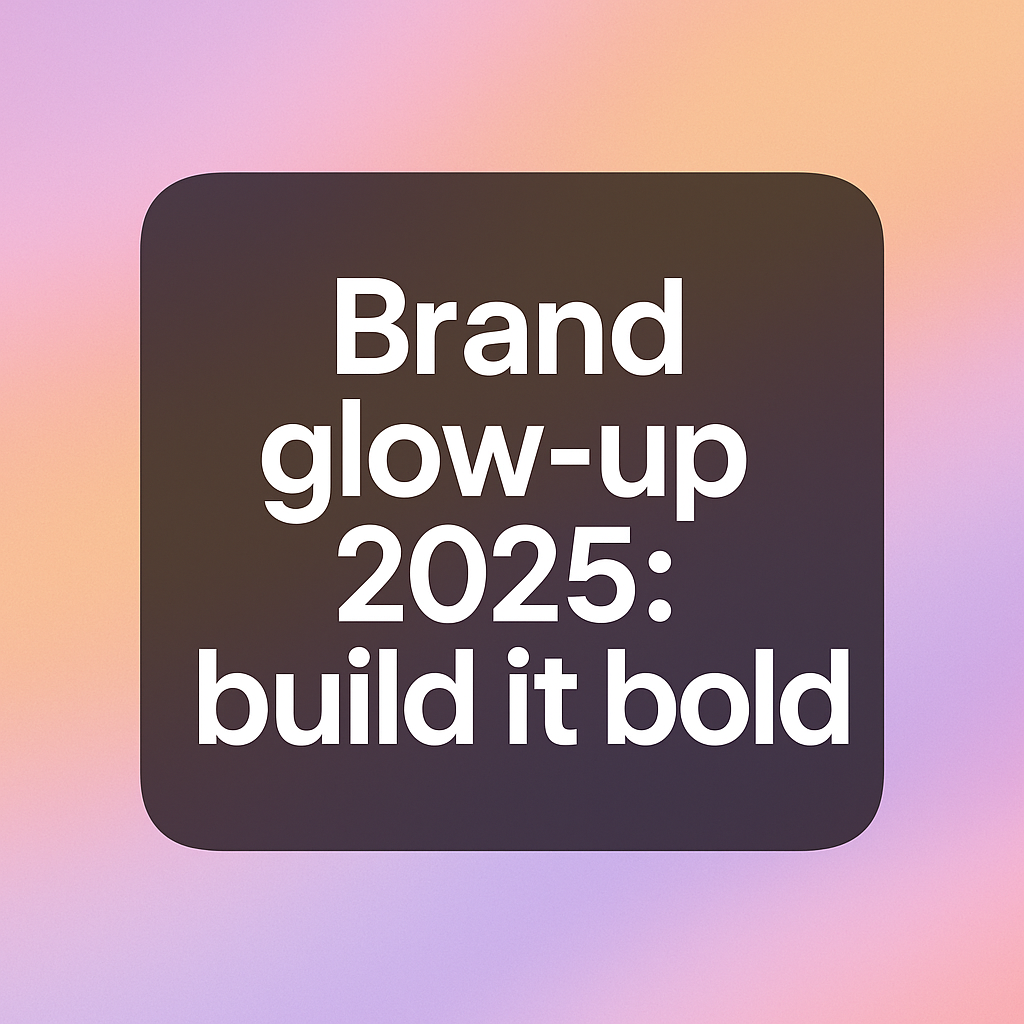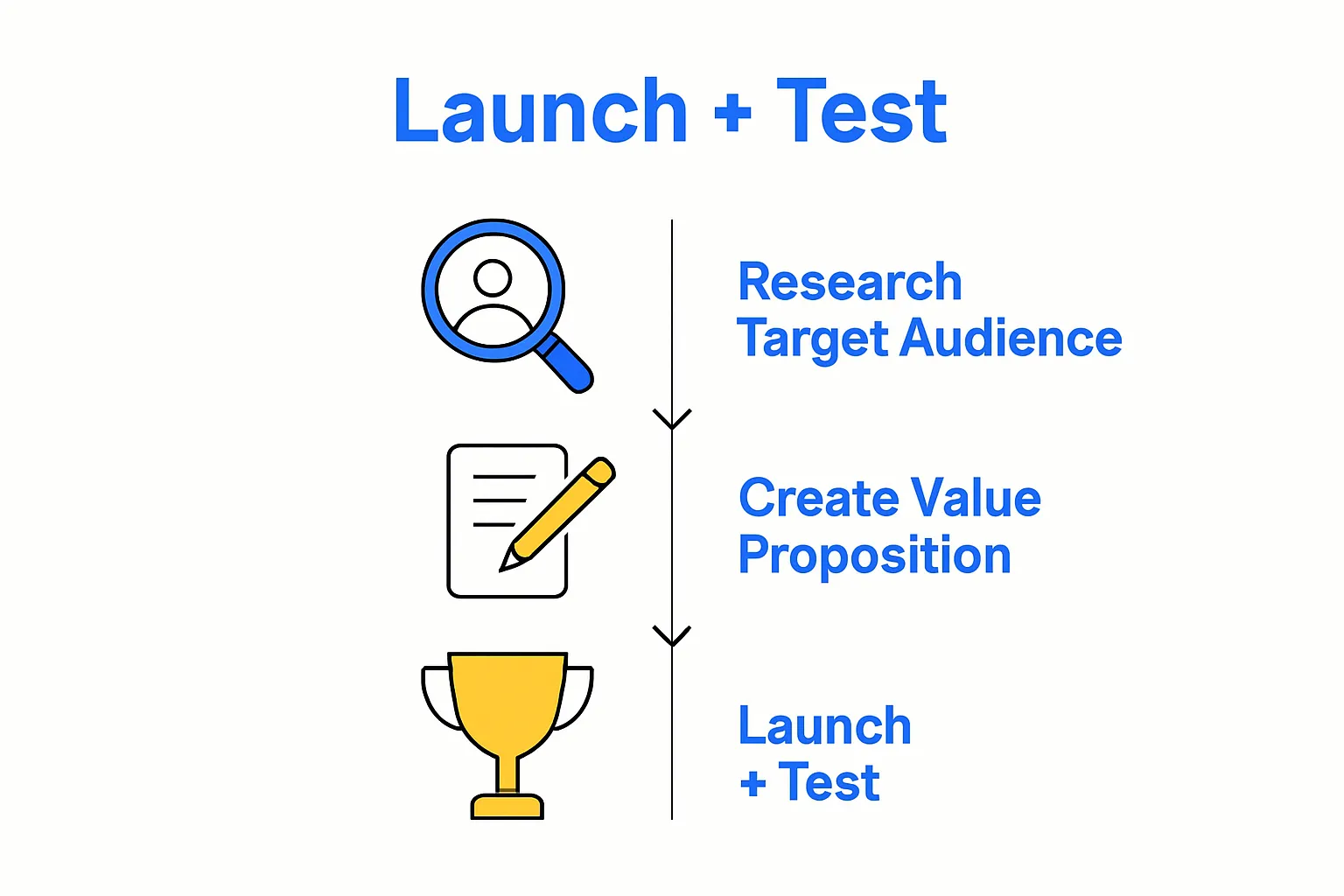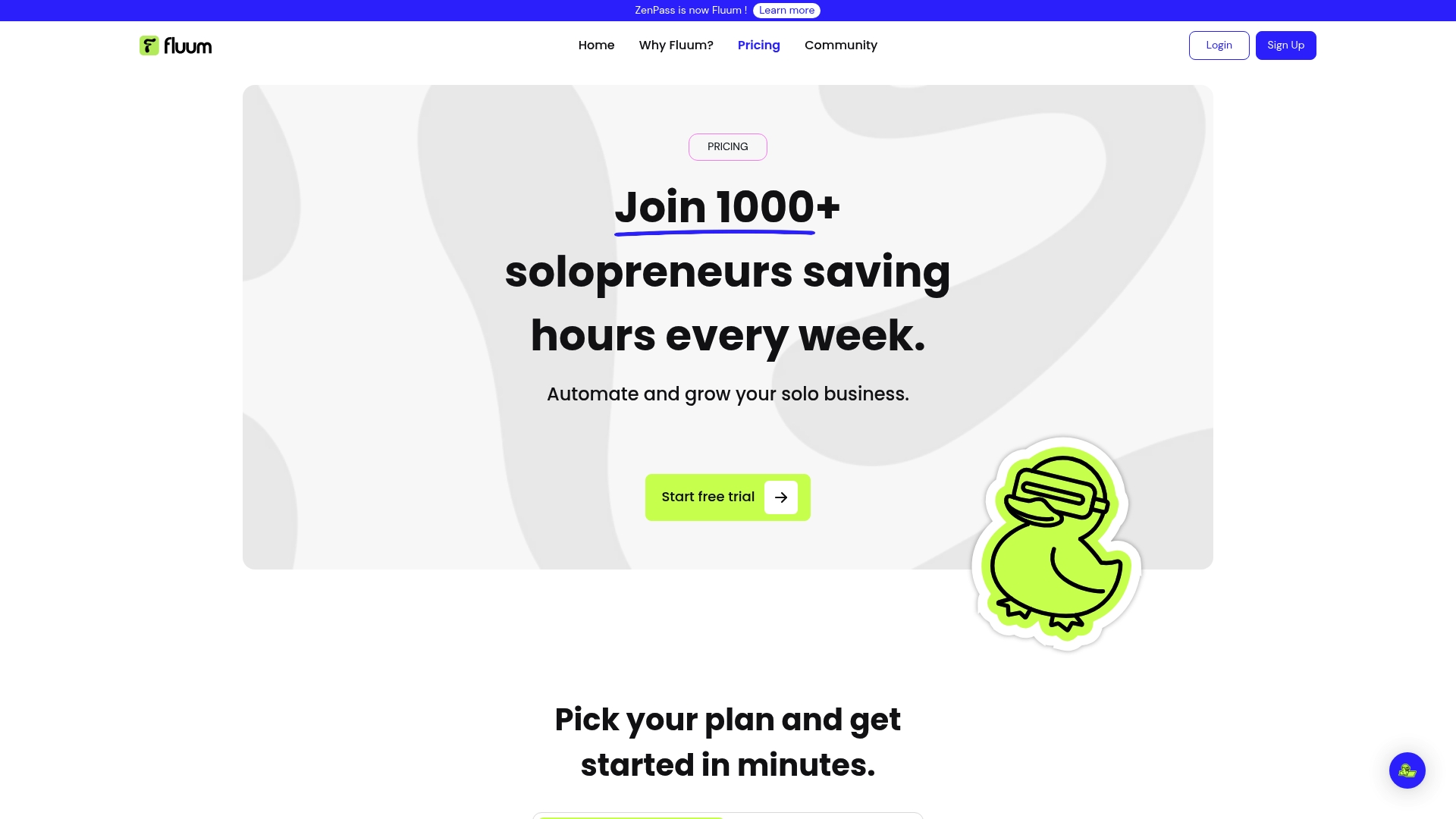
Build your brand with a branding builder is more than just picking a logo or updating your resume. Professionals who communicate their genuine identity attract far more opportunities than those who copy industry templates. Most people think branding starts with flashy visuals, but that actually comes much later. The real impact begins when you find and define what truly sets you apart.
Table of Contents
- Step 1: Define Your Brand Identity And Values
- Step 2: Research Your Target Audience And Market
- Step 3: Create Your Unique Value Proposition
- Step 4: Design Visual Elements Of Your Brand
- Step 5: Develop Your Brand Voice And Messaging
- Step 6: Launch And Test Your Brand Strategy
Quick Summary
| Key Point | Explanation |
|---|---|
| 1. Define Your Brand Identity | Begin with deep introspection to uncover your professional strengths and unique values. Create a clear brand statement to guide your efforts. |
| 2. Research Your Target Audience | Develop detailed client personas by exploring their needs and preferences to tailor your brand messaging effectively. |
| 3. Create Your Unique Value Proposition | Craft a concise statement that highlights the specific transformations clients can expect, differentiating you from competitors. |
| 4. Design Visual Elements | Select colors, typography, and a logo that reflect your brand identity consistently across all platforms. |
| 5. Launch and Test Your Brand Strategy | Implement a soft launch on select platforms, gather feedback, and analyze audience engagement to refine your brand approach. |
Step 1: Define Your Brand Identity and Values
Defining your brand identity is the foundational cornerstone of building a powerful personal brand. This critical first step involves understanding who you are professionally, what unique value you bring, and how you want to be perceived by your target audience. Unlike generic business approaches, a branding builder requires deep introspection and strategic positioning that authentically represents your professional essence.
Start by conducting a comprehensive self assessment that explores your core professional strengths, personal values, and distinctive skills. Ask yourself profound questions: What makes your professional approach different? What core principles guide your work? What specific problems do you solve that others cannot? This introspective process helps you uncover the authentic narrative behind your brand.
Your brand identity should crystallize around three primary elements: your professional expertise, your unique perspective, and your personal mission. Authenticity is your most powerful branding tool. Professionals who successfully communicate their genuine professional identity attract clients and opportunities more effectively than those who attempt to mimic generic industry templates. Consider creating a concise brand statement that encapsulates your professional purpose and differentiates you from competitors.
To refine your brand identity, consider documenting your professional journey, key achievements, and the transformative impact you create for clients. Collect testimonials, case studies, and evidence that demonstrates your unique approach. Explore our guide on personal branding strategies to gain additional insights into crafting a compelling professional narrative.
Verification criteria for completing this step include:
- A clear, one paragraph brand statement describing your professional identity
- A list of 3-5 core professional values
- Documented examples of your unique professional approach
- A preliminary understanding of your target audience
Remember, your brand identity is not static. It will evolve as you grow professionally, but establishing a solid foundation now creates a powerful framework for future branding efforts.
Step 2: Research Your Target Audience and Market
Researching your target audience and market is a strategic process that transforms your branding builder from a generic concept into a precision instrument designed for specific professional success. This step bridges the gap between your professional identity and the specific people who will most benefit from your unique services.
Begin by developing a comprehensive client persona that goes beyond basic demographics. Look deeper than age and location. Understand the psychological landscape of your ideal clients – their professional challenges, aspirations, communication preferences, and decision making patterns. Consider conducting informal interviews with existing or potential clients to gain nuanced insights. Online platforms like LinkedIn professional groups or industry forums can provide rich qualitative data about your target market’s current needs and pain points.
Market research requires a multifaceted approach. Learn more about understanding market dynamics with our comprehensive guide to refine your research strategy. Utilize both quantitative and qualitative research methods. Digital tools like Google Trends, social media analytics, and industry reports can provide statistical insights into market movements. Professional networking platforms offer real time intelligence about emerging industry needs and client expectations.
Your research should aim to answer critical questions: What specific problems are your potential clients struggling with? Where do traditional solutions fall short? What unique perspective can you offer that differentiates you from competitors? The answers will help you position your brand precisely where market demand intersects with your professional strengths.
Verification criteria for completing this step include:
- A detailed client persona document
- List of 3-5 primary client pain points
- Documented market trends relevant to your professional domain
- Initial mapping of how your services address specific market needs
Remember that market research is an ongoing process. Your understanding will continuously evolve, allowing you to adapt and refine your branding strategy with precision and insight.
Step 3: Create Your Unique Value Proposition
Creating a unique value proposition transforms your professional brand from generic to extraordinary. This critical step distills your professional identity into a powerful, concise statement that communicates exactly why clients should choose you over every other alternative in the marketplace.
Your value proposition is not a generic sales pitch, but a strategic declaration of the specific transformation you deliver. Think of it as a professional promise that articulates the precise outcomes clients can expect when working with you. Craft this statement by connecting the insights from your brand identity exploration and market research to create a compelling narrative that speaks directly to your ideal client’s deepest professional needs and aspirations.
Discover the core principles of developing a standout unique selling proposition to refine your approach. Develop your value proposition by answering three fundamental questions: What specific problem do you solve? How do you solve it differently from others? What tangible results can clients expect? Your statement should be clear, concrete, and focused on the measurable impact you create, not just the services you provide.
Consider constructing your value proposition like a precision instrument. Each word should be intentional, eliminating industry jargon and focusing on client benefits. Avoid vague statements like “high quality services” and instead highlight specific, quantifiable outcomes. For example, instead of saying “I provide coaching,” you might say “I help entrepreneurs double their revenue within six months by implementing targeted strategic systems.”
Verification criteria for completing this step include:
- A concise value proposition statement (1-2 sentences maximum)
- Clear articulation of your unique professional approach
- Specific, measurable client outcomes
- Alignment between your value proposition and target market needs
Remember that your value proposition is a living document. As your professional skills evolve and market dynamics shift, periodically revisit and refine this critical branding element to ensure it remains sharp, relevant, and compelling.
Step 4: Design Visual Elements of Your Brand
Designing visual elements transforms your brand from a conceptual framework into a tangible, memorable identity. This step translates your professional essence into color palettes, typography, logos, and visual language that instantly communicate your unique professional persona to your target audience.
Visual branding is your silent communicator, speaking volumes before a single word is read. Begin by selecting a color palette that resonates with your professional personality and target market. Colors are not merely aesthetic choices but psychological triggers that evoke specific emotional responses. A wellness coach might choose calming blues and greens, while a high energy business consultant could select bold reds and sharp grays. Consistency is key – your chosen colors should appear across all professional touchpoints, from your website to your business cards.
Learn about avoiding common visual branding pitfalls to ensure your visual identity remains professional and impactful. Typography plays an equally crucial role in your visual narrative. Select fonts that reflect your professional demeanor – serif fonts communicate tradition and reliability, while sans serif fonts suggest modern and clean approaches. Limit yourself to two complementary fonts: one for headings and another for body text. This creates visual harmony and prevents your brand from appearing cluttered or inconsistent.
Your logo should be a distilled representation of your professional identity. It does not need to be complex, but it must be memorable and scalable across different media. Consider working with a professional designer who can translate your brand values into a visual mark. Alternatively, use design platforms that offer professional templates and customization options to create a logo that feels authentic to your brand.
Verification criteria for completing this step include:
- A consistent color palette with 2-3 primary colors
- Selected typography that reflects your professional personality
- A logo that represents your brand values
- Visual assets that can be used across multiple platforms
Remember that visual branding is an evolving process. Your initial design is a starting point that can be refined as your professional journey progresses, always maintaining the core essence of your brand identity.

Step 5: Develop Your Brand Voice and Messaging
Developing your brand voice and messaging is the art of translating your professional identity into a compelling communication strategy. This step transforms your brand from a visual concept into a living, breathing narrative that connects authentically with your target audience.
Your brand voice is your professional personality in words. It represents how you communicate, the language you use, and the emotional tone that distinguishes you from others in your field. Start by reflecting on your core values, professional expertise, and the specific emotional experience you want to create for your clients. Are you direct and pragmatic? Compassionate and nurturing? Innovative and challenging? Your voice should feel consistent across all communication channels, from social media posts to client proposals.
Understand the foundational principles of professional branding to refine your messaging approach. Craft messaging frameworks that go beyond surface level descriptions. Instead of simply listing services, articulate the transformative journey you facilitate for clients. Use language that speaks directly to your ideal client’s aspirations, challenges, and desired outcomes. Your messaging should create an emotional connection that transcends transactional interactions.
Develop a messaging toolkit that includes key communication elements. Create a set of core statements that capture your unique value proposition, articulate your professional philosophy, and demonstrate the specific outcomes you deliver. These statements should be adaptable across different platforms while maintaining a consistent core message. Practice translating these core messages into various formats – short social media posts, detailed blog articles, elevator pitches, and client presentations.
Verification criteria for completing this step include:
- A documented brand voice guide describing your communication style
- 3-5 core messaging statements
- Examples of how your voice sounds in different communication contexts
- Alignment between written communication and your professional brand identity
Remember that developing a brand voice is an iterative process. Your messaging will evolve as you gain professional experience and your understanding of your target audience deepens.
Step 6: Launch and Test Your Brand Strategy
Launching and testing your brand strategy is the critical moment where theoretical planning transforms into real world professional experience. This step requires strategic implementation and a willingness to adapt based on actual market response, turning your carefully crafted brand into a dynamic, living entity.
Soft launching allows controlled exposure and strategic learning. Begin by introducing your brand across select professional channels – perhaps through a professional network, targeted social media platforms, or within specific industry communities where your ideal clients congregate. This measured approach provides valuable insights without overwhelming your entire potential market. Explore strategic brand messaging techniques to refine your initial approach and maximize early engagement.
Implement comprehensive tracking mechanisms to capture audience reactions and interactions. Use analytics tools to monitor engagement metrics, paying close attention to how different segments of your target audience respond to your brand elements. Track website visits, social media interactions, initial client inquiries, and the emotional resonance of your messaging. These data points will reveal which aspects of your brand strategy are most compelling and which might require refinement.
Remain flexible and prepared to make strategic adjustments. Your brand is not a static document but an evolving communication platform. Some initial approaches might resonate strongly, while others might need recalibration. Conduct periodic reviews of your brand performance, soliciting feedback from early clients and professional peers. This continuous improvement mindset ensures your brand remains relevant, authentic, and aligned with your professional goals.

Verification criteria for completing this step include:
- Documented initial brand launch across 2-3 professional platforms
- Comprehensive tracking of audience engagement metrics
- Collected feedback from initial audience interactions
- Preliminary assessment of brand strategy effectiveness
Remember that brand development is an ongoing journey. Your first launch is not a final destination but the beginning of a dynamic professional narrative that will continue to grow and evolve with your expertise.
Here is a checklist summarizing the verification criteria for each key step in building your brand, helping to ensure you complete every stage confidently and thoroughly.
| Step | Completion Criteria |
|---|---|
| Define Brand Identity | Paragraph brand statement, list of 3-5 core values, examples documenting unique approach, early understanding of target audience |
| Research Audience & Market | Detailed client persona, 3-5 client pain points, documented relevant market trends, initial mapping of how services address needs |
| Create Value Proposition | 1-2 sentence value proposition statement, articulation of unique approach, measurable client outcomes, alignment with target market |
| Design Visual Elements | Consistent color palette (2-3 colors), selected professional typography, memorable logo, visual assets for multi-platform use |
| Develop Brand Voice & Messaging | Documented brand voice guide, 3-5 core messaging statements, examples in various communication contexts, alignment with brand identity |
| Launch & Test Brand Strategy | Brand launch on 2-3 platforms, tracked engagement metrics, collected audience feedback, assessment of brand effectiveness |
Transform Your Personal Brand Into a Revenue-Generating Business
You have just learned the critical steps to define your brand identity, research your market, create an authentic value proposition, and develop a distinctive visual presence. But turning this comprehensive foundation into real growth still leaves many solopreneurs stuck. Juggling multiple tools, client management headaches, and fragmented marketing efforts can stall even the strongest brands before they ever hit their stride. What if you could bridge the gap from powerful personal brand to thriving business, all without technical headaches or wasted time?

Experience the difference with Fluum, the all-in-one platform built for solopreneurs who want to scale with confidence. Our AI-powered solution brings your unique value proposition to life by automating bookings, consolidating sales funnels, and integrating tools like Google Calendar and Stripe without any setup stress. Streamline everything you have built in your branding journey and start attracting ideal clients today. See how easy it is to get started and unlock templates, automation, and a supportive community dedicated to helping you stand out in 2025. Take your next step now—move from strategy into action and watch your brand thrive.
Frequently Asked Questions
How can I define my personal brand identity effectively?
To define your personal brand identity, begin by conducting a self-assessment that explores your core strengths, values, and unique skills. Document your professional journey and key achievements to craft a clear brand statement that reflects your authentic self.
What is a unique value proposition, and why is it important?
A unique value proposition articulates the specific transformation you deliver to clients, differentiating you from competitors. It highlights the unique solutions you provide and the measurable outcomes clients can expect, making it a critical component of your brand strategy.
How do I research my target audience for branding?
Research your target audience by creating detailed client personas that include their challenges, aspirations, and decision-making patterns. Conduct interviews and use digital tools like social media analytics to understand their needs and pain points effectively.
What visual elements should I consider for my brand?
When designing visual elements, focus on a consistent color palette that resonates with your brand, typography that reflects your professional style, and a memorable logo that represents your values. These elements help create a cohesive and impactful brand identity.
Recommended
- Fluum | 7 Customer Retention Examples to Boost Your Business
- Fluum | Understanding Content Marketing Providers: Their Role and Impact
- Fluum | Understanding What is a Sales Funnel and How It Works
- Fluum | Best content creation course – Expert Comparison 2025
- Fluum | How to Set Boundaries for Your Success in 2025



